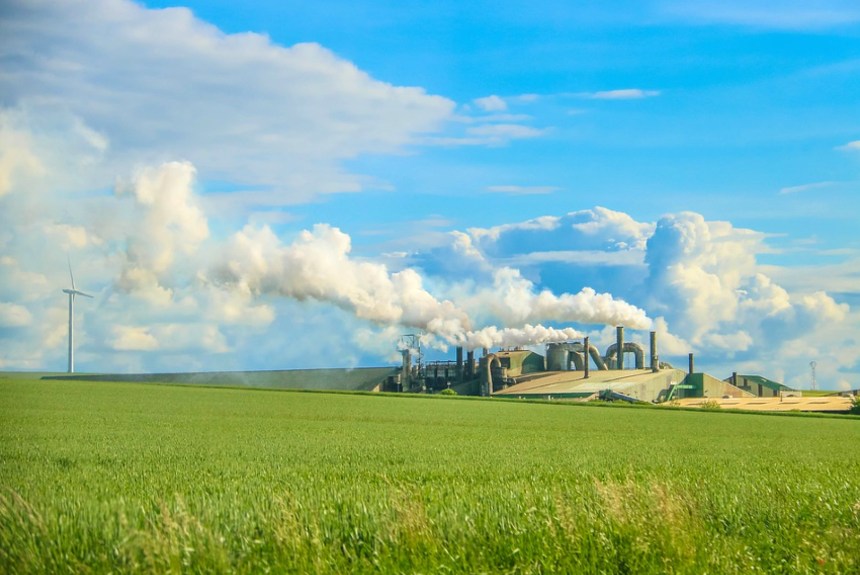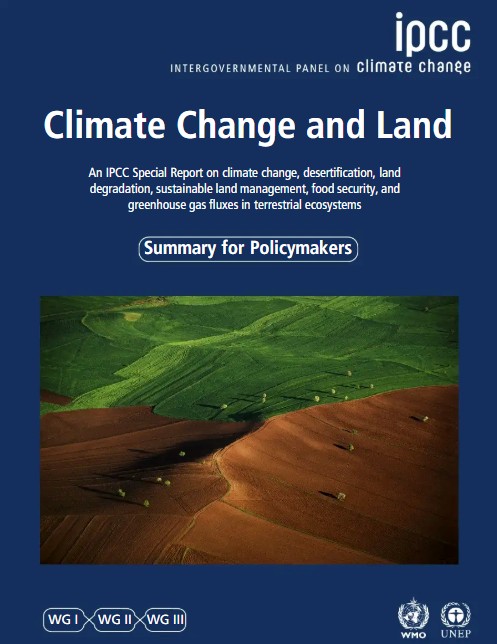Land is indispensable to human lives. It’s where we live, work, grow our food, and get our water source from. The land is also a source and sink of carbon emissions. Agriculture, forestry, and other land use produce gas emissions, but these emissions can be offset by planting more trees.
This special report by the Intergovernmental Panel on Climate Change (IPCC) examines greenhouse gas emissions, land use, food production, and forest and land management.
To support the growing population, there has been a considerable increase in food, fresh water, timber, fibre, and energy consumption, increasing land demands. Increased food production has raised consumption levels and obesity rates.
Food production, especially meat, cereals, fibre, and crops, has increased by 240% since 1961, and food wastes account for 25% of total food production.
Intensive land use has depleted water deposits and can result in desertification. At the same time, sea-level rise and more intense cyclones can cause soil degradation in some regions.
Climate changes can lead to migration within countries and even across borders because of food scarcity, extreme natural events, and damage to livelihoods, which can also lead to chaos and conflicts.
Data has also shown that air temperatures have rapidly increased since the pre-industrial period. The increase is twice the average global increase.
This has resulted in an increase in the duration of heatwaves, particularly in the Mediterranean, western and northeastern Asia, many parts of South America, and much of Africa. Increased frequency of dust storms is also observed in the Arabian Peninsula, Middle East, and Central Asia regions.
Climate change has caused the expansion of deserts and the diminishing of polar areas, which has affected plants and animals in their habitats. Polar animals are moving to higher and colder ground, and tropical animals and plants are either dying of drought or moving to more habitable areas with a water supply.
The report has cited other negative impacts of climate change, such as increased rainfall intensity, flooding, droughts, water scarcity, dry spells, sea-level rise, storm surges, and permafrost thawing. These occurrences will also negatively influence food production in terms of crop yield and the growth of animals for food. There is also strong evidence that climate change will increase pests and diseases.
Mitigation and adaptation measures
The report presents mitigation and adaptation measures that can help buffer the effects of climate change. Adaptations and mitigations that are region or area-specific are already being implemented. Some will produce almost immediate results, while other actions can take decades to take effect.
Below are examples of climate adaptation and mitigation measures that are discussed in depth in the report:
Conservation of wetlands, peatlands, mangroves, rangelands and forests, which store and absorb large amounts of carbon, has an immediate impact. Reforestation, afforestation, and reclamation of degraded soils take time to deliver results but will have long-term effects.
Improved management of croplands and grazing and increased soil carbon content can contribute to increased food production and more dietary choices; reducing food loss and waste does require a change to land use and conversion. These options, if implemented, can have an immediate impact on mitigating climate change.
Combating desertification and restoring degraded lands is region-specific. It includes using micro-irrigation and drought-resilient plants. These climate adaptation measures can have many benefits, like enhancing soil fertility and increasing carbon storage while contributing to food production and security.
Tree planting using climate-resilient and low-water-needs tree species creates ‘green walls’ and windbreaks that can reduce sand and dust storms and wind erosion and bring additional benefits such as carbon sinks, improved microclimates, soil nutrients, and water retention.
From production to consumption, food systems can be scaled up to offer significant adaptation and mitigation from climate change. Reducing food waste and switching to plant-based foods like grains, legumes, fruits and vegetables, nuts and seeds not only frees up land and reduces greenhouse gas emissions but can bring many health benefits.
Land degradation can be reduced through organic farming. Green manure crops can be grown and left to wither so they can serve as mulch or enrich soil nutrients while reducing soil erosion.
The above are some examples of climate adaptation and mitigation measures, and many others are discussed in the report.
The last part of the report discusses the governance systems and policies that will enable the implementation of these climate adaptation and mitigation measures.
You may read the full report by clicking on the image below:



